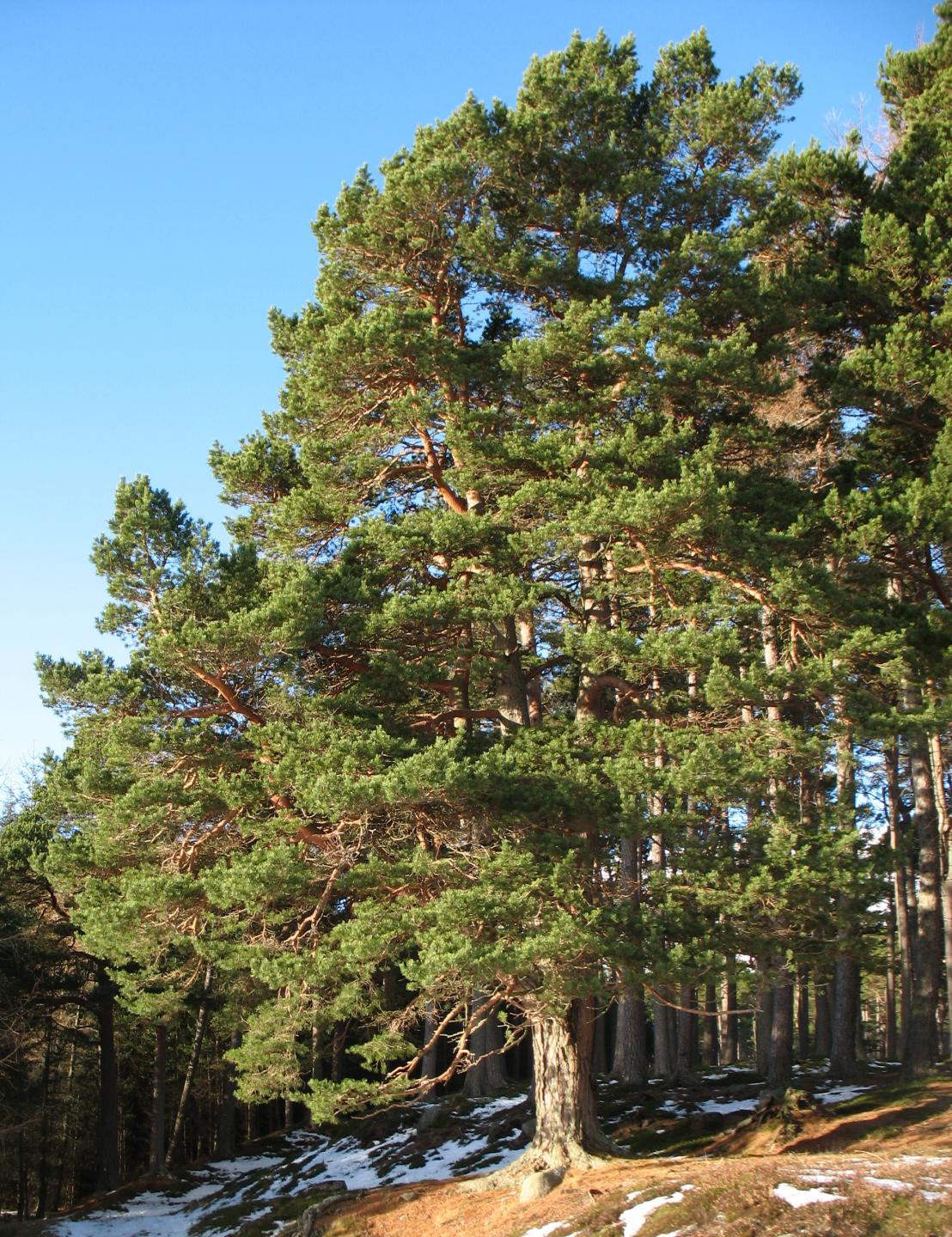
Scots pine (Pinus sylvestris) is a very common coniferous tree in Europe, and is listed as one of the five worst invasive tree species in Canada. One of the main reasons for the large-scale introduction of Scots pine to Ontario was to stop widespread soil erosion. The late 19th and early 20th century saw the highest levels of deforestation in Ontario for the purpose of agriculture, with almost all available land converted to fields or into pasture lands. Given the often poor quality of soils consisting of glacial sediments in southern Ontario, these agricultural practices led to widespread soil degradation and the eventual abandonment of these farmlands. Such abandoned lands turned into “wastelands” through topsoil erosion by wind and water, negatively affecting terrestrial and aquatic ecosystems due to soil runoff. The government of Ontario successfully stabilized these unproductive lands through large-scale reforestation initiatives in the early- to mid-20th century, largely using the European Scots pine and the native red pine. Scots pine in particular is very tolerant to dry and poor soils, and was hence regarded as a highly suitable species for this endeavor. However, the typically dense monocultures of Scots pine used for reforestations are highly impervious to natural succession by native species, and are thus problematic.
Interestingly, there is also another explanation behind the high prevalence of Scots pine in southern Ontario. Between the 1950s and the 1980s, Scots pine was the favored Christmas tree species, resulting in the establishment of many Christmas tree plantations throughout Ontario. In the 1980s, people shifted their preference towards firs as Christmas trees. Many of the Scots pine plantations were thus abandoned, and the pine trees grew beyond the marketable Christmas tree size.
Scots pine now exists as a significant species component in southern Ontario. Many of these pine plantations, especially those planted to stabilize soil erosion, are now reaching maturity. This is sparking an incentive to restore coniferous plantations to native and more diverse hardwood forests in southern Ontario.
Text written by Ivana Stehlik, loosely based on Xiaochang Jiang’s original text
Catling, P. M., and G. Mitrow. 2005. A prioritized list of the invasive alien plants of natural habitats in Canada. Canadian Botanical Association Bulletin 38: 55-57.
McPherson T. S. and Timmer V. R. 2002. Amelioration of degraded soils under red pine plantations in the Oak Ridges Moraine, Ontario. Canadian Journal of Soil Science 82: 375-388.
Photo credit: Hello, I am Bruce on Flickr, CC BY-SA 2.0 (https://creativecommons.org/licenses/by-sa/2.0), via Wikimedia Commons